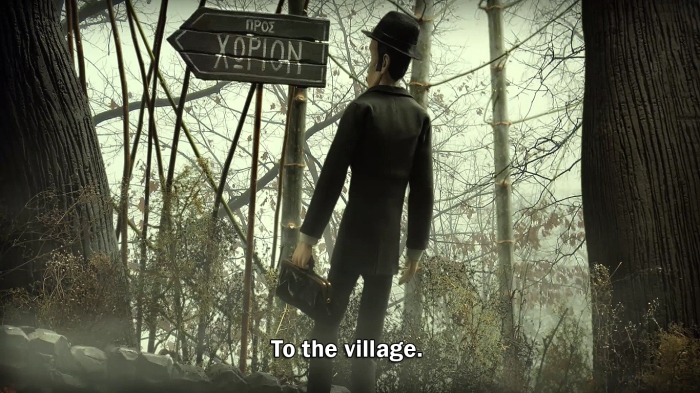
Three years ago, I signed a petition to save Twin Peaks. Showtime had just announced that due to contract differences with David Lynch, it would not go ahead with plans to produce the long-awaited third season of the cult TV series. I was a huge fan, and I felt compelled to help out in any way I could. After all, this was the show that had opened my mind to the limitless potential of television, all those years back.
Yesterday, I watched the final episode of the new, third season of Twin Peaks, that my signature (along with 30000 others) helped to get off the ground. It was episode number 18, and watching the final credits roll felt like crossing the finish line of a long, mental marathon. It was an awkward experience, punishing and rewarding at the same time (more punishing than rewarding, actually), wrapped up in a bleak finale. People I know, fans of the first and second season, just like me, gave up long before episode 18 — they just couldn’t invest the time and effort to watch what seemed like an exercise in self-indulgence. I can’t blame them, because many times I felt the same.
There are fans out there who loved it — I occasionally visit the forums, and have come across Lynch die-hards analysing the episodes with admiration — but there is a general numbness in most people’s reaction; with the exception of a few moments of Lynchian brilliance (see episode 8), this was not the Twin Peaks we had loved and missed all these years. One can go on analysing what’s missing this time round, but I feel it can be summarised thus: save for a fleeting glimpse in the penultimate episode, the famous ‘Welcome to Twin Peaks’ sign was nowhere to be seen.

I discovered the use (and power) of signs in film design, early in my art department career. I was fortunate to work with production designers who appreciated and used signs in their films, both as a narrative tool and to convey information. I have used them in my own films — in my short The Village, the main character restores the village’s sign to express his longing for communication. And I have admired how some directors use signs as a way to negotiate the limitations of a small budget. Look at Godard’s neon signs in Alphaville: a simple, neon-lit ‘Sud’ turns 1960s Paris into a sci-fi metropolis. Or Lanthimos’ clever and funny ‘transformation room’ sign in The Lobster. The act of humans transforming into animals, delivered, not by state-of-the-art special effects, but with a simple sign above a door.

So, it is only natural that I came to love the ‘Welcome to Twin Peaks’ sign. And I wasn’t alone. During and after the first season was broadcast, it was everywhere: in the show’s main titles, on the cover of the best-selling soundtrack, on the posters and much of the merchandise. Steven LaRose, the artist who painted it, claimed that he spent no more than a couple of hours making it; nevertheless, I think it was a masterpiece of American naïve art — at the same time welcoming, and evocative of the small-town dread that Lynch so masterfully used to weave his fable.
I think the absence of this sign epitomises the trouble with the new season: distant locations (including France!), aloof characters, and more time spent in the Red Room than in all the town’s locations put together. Twin Peaks the show is not about the town of Twin Peaks, any more.
Perhaps that was the whole point. The TV landscape in the era of internet streaming is too vast to be preoccupied with a small American town in the Pacific Northwest. And, granted, there is still no other TV show that comes even close to this show’s audacity and willingness to challenge the conventions of televised entertainment. I just wish there was more of the charm and humanity of the original. And more of the sign that read: ‘Welcome to Twin Peaks, Population 50,201’.
